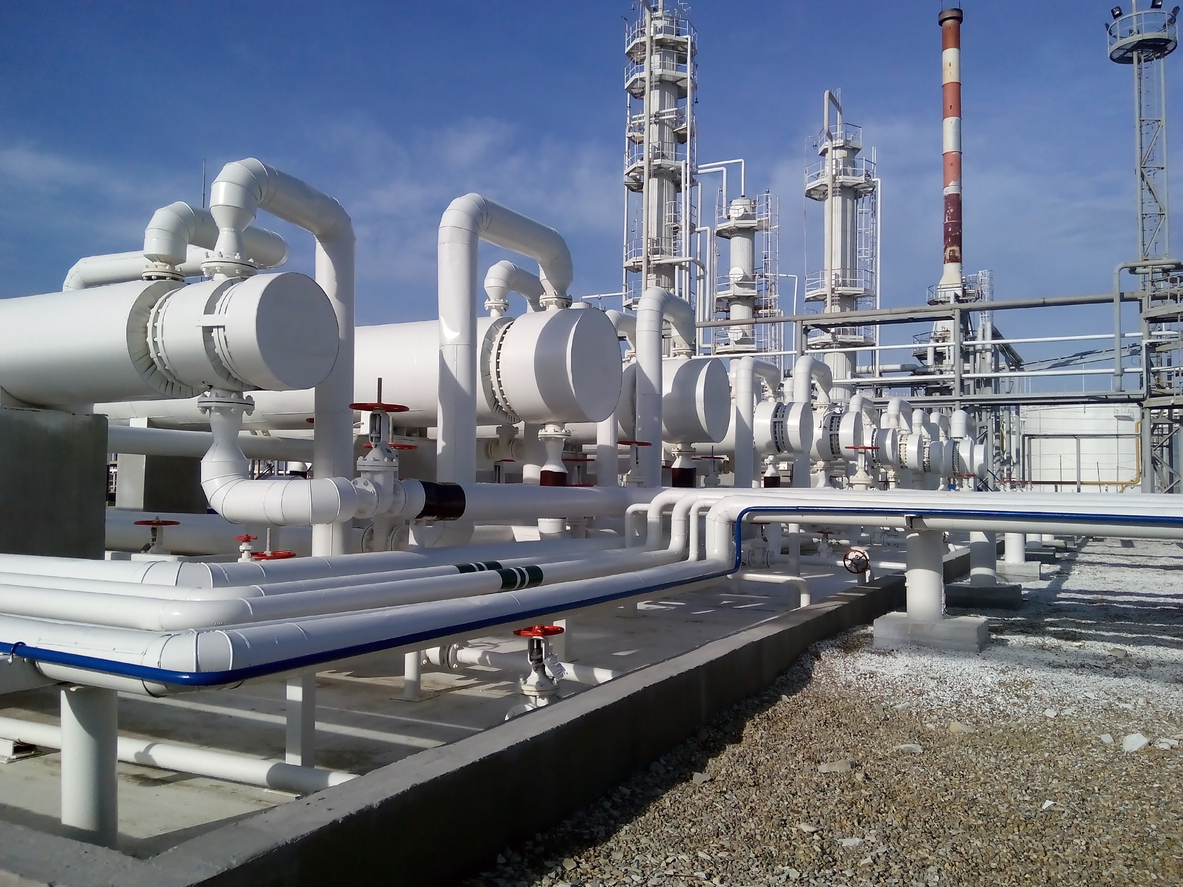What Is the Difference Between Cation and Anion Exchange Resins?
Using ion exchange resins for industrial water purification and separation can be complex, especially for those unfamiliar with what ion exchange resins are and how they work. If you are looking for a general explanation of “what the differences are between cation and anion exchange resins,” the two most-used resins in ion exchange technology, this article simplifies the similarities and differences and outlines some fundamental information you should know when seeking to understand these ion exchange basics.
How cation and anion exchange resins are similar
Cation and anion exchange resins are both small, porous, plastic beads (approximately .5 mm diameter, which varies) that are fixed with a specific charge. This “fixed” charge cannot be removed and is part of the resin’s crosslinked makeup or structure. Each resin bead must also contain a neutralizing counterion that is able to move in and out of the bead, which is replaced with an ion of similar charge during the process of ion exchange (when an aqueous solution is passed through the beads and the ion exchange occurs, removing the undesirable contaminant).

How cation and anion exchange resins are different
The main difference between cation and anion resins is that one is positively charged (cation) and the other is negatively charged (anion). This makes them useful in removing different types of contaminants (which will also vary depending on their size and chemical composition). Cation and anion resin beads can be used together (mixed bed configuration) or in separate vessels (twin bed configuration), depending on the needs of the facility and if total removal of positively and negatively charged ions are required.
Although anion and cation exchange resins are the main two categories of resins used in ion exchange, there are four main types for standard water treatment that include:
- Strong base anion
- Weak base anion
- Strong acid cation
- Weak acid cation
Below is a general overview of what each of these types of resins are:
Strong base anion resins
Strong base anion (SBA) exchange resins are typically used for demineralization, dealkalization, and desilication, as well as removal of total organic carbon (TOC) or other organics depending on the type of resin. They are available in multiple varieties, each of which offer a unique set of benefits and constraints, but in general, SBA resins are strong enough to remove both strong and weak acids (including carbonic and silicic acid).
Weak base anion resins
Weak base anion (WBA) exchange resins are often paired with SBA units for demineralization applications as they only remove anions associated with stronger acids (like chloride and sulfate) and will not remove weak acids (like carbon dioxide and silica). This can be beneficial for facilities that wish to remove the stronger acids while leaving the weaker behind, but commonly, WBA and SBA are often used jointly to complete a more thorough demineralization process.
Strong acid cation resins
Strong acid cation (SAC) exchange resins are among the most widely used resins, especially for softening applications, as they are effective at complete removal of hardness ions such as magnesium (Mg+) or calcium (Ca2+). Certain varieties of SAC resins have also been developed for applications demanding removal of barium and radium from drinking water or other streams. SAC resins can be damaged by oxidants and fouled by iron or manganese, so care must be taken to avoid exposure of the resin to these materials.
Weak acid cation resins
Weak acid cation (WAC) exchange resins remove cations associated with alkalinity (temporary hardness) and are used for demineralization and dealkalization applications. Additionally, WAC resins tend to have relatively high oxidation resistance and mechanical durability, making them a good choice for streams containing oxidants such as hydrogen peroxide and chlorine.
How SAMCO can help
SAMCO has over 40 years’ experience custom-designing and manufacturing ion exchange systems and providing ion exchange resins for a range of industries and solutions, so please feel free to reach out to us with your questions. Some of our most innovative solutions come in the form of the various resin technologies we offer. Our resins cab be extremely effective in the removal of hardness, alkalinity, chloride, mercury, and organics, to name a few.
We are also the Northeast licensed distributor of AMBERPACK™ and UPCORE™ technologies by The Dow Chemical Company (formerly Rohm and Haas). These are two of the most advanced ion exchange systems available today.
For more information or to get in touch, contact us here to set up a consultation with an engineer or request a quote. We can walk you through the steps for developing the proper solution and realistic cost for your ion exchange treatment system and resin needs.
To learn more about SAMCO’s innovative technologies and services, visit our innovations page here.
If you want to learn more about ion exchange resins, these other articles might be of interest to you:
- How Much Does It Cost to Buy, Maintain, and Dispose of Ion Exchange Resins?
- Common Problems with Ion Exchange Resins and How to Avoid Them
- What Are the Best (and Cheapest) Ways to Dispose of Ion Exchange Resins?
- What Are the Different Types of Ion Exchange Resins and What Applications Do They Serve?
- What to Know About Ion Exchange Resin Regeneration
- What Are the Best Ion Exchange Resin Manufacturing and Supply Companies?
- What Is Ion Exchange Resin and How Does It Work?

